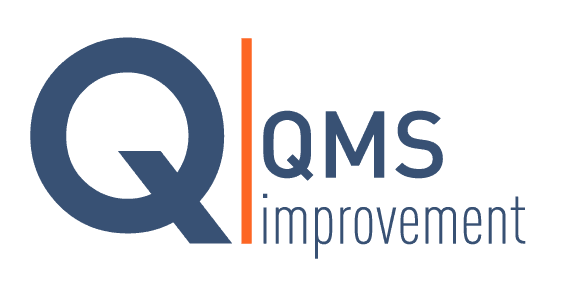High Level Structure
The basis for the new ISO
Anyone using multiple management system standards alongside each other has undoubtedly noticed that the requirements from that standard are similar but not entirely the same.
The ISO has also noticed this and has therefore developed the High Level Structure: a so-called 'plug-in model'. The basis (HLS) with core requirements is expanded with 'modules' for, for example, environmental, quality or health and safety management with the corresponding requirements. Sector standards or guidelines can also be 'plugged in'. All this with the aim of creating more overview and coherence.
The HLS structure itself is no reason to make changes to an existing management system. It is primarily about new or changing requirements in the standard. Everything therefore starts with a 'gap analysis' compared to the current standard. Depending on how the organization has set up the system, more or less will have to be supplemented or changed. In a set-up that follows the primary process, fewer changes are expected to be required compared to a system based on the chapters or elements of the current standard.
Based on the HLS, the ISO management systems standards are set up according to a fixed classification. Another chapter classification for the management system does not mean that the structure of the management system itself must also be changed. It is important for certification that it is clear where or how the requirements from the new standard have been met.

The chapters are divided as follows:
- Subject and scope
- Normative references
- Terms and definitions
- Context of the organization
- Leadership
- Schedule
- Support
- Performance
- Performance evaluation
- Improvement
When we look at the requirements (chapters 4 to 10) we see a number of new things. This is what the context of the organization is called: the environment must be looked at. This makes it clear who the parties involved are, what their interests are and how this influences the functioning of the management system. The 'Planning' section requires a risk assessment, which determines what the organization should pay the most attention to.
Support covers, among other things, the resources and people to be deployed, and implementation describes the requirements for surgery. The elements from 'performance evaluation' and 'improvement' largely correspond to what was mentioned in chapter eight in ISO 9001: 2008. This is how internal audits, deviations and corrective measures come by.

Gap analysis
€ 800,-
One-off
We analyze your system for 1 day, receive a detailed report and a concrete action plan
Full implementation
€ 1.250,-
from per month
Implementation of the action plan. The entire standard implemented in your organization in 12 months.
Training
€ 300,-
Per part of the day
Your staff trained and trained, price dependent on content and duration of the course
Are you interested in our services? We help you!
We want to know exactly what you need, so that we can offer you the optimum solution. Let us know what you want and we will do our utmost to be of service.


